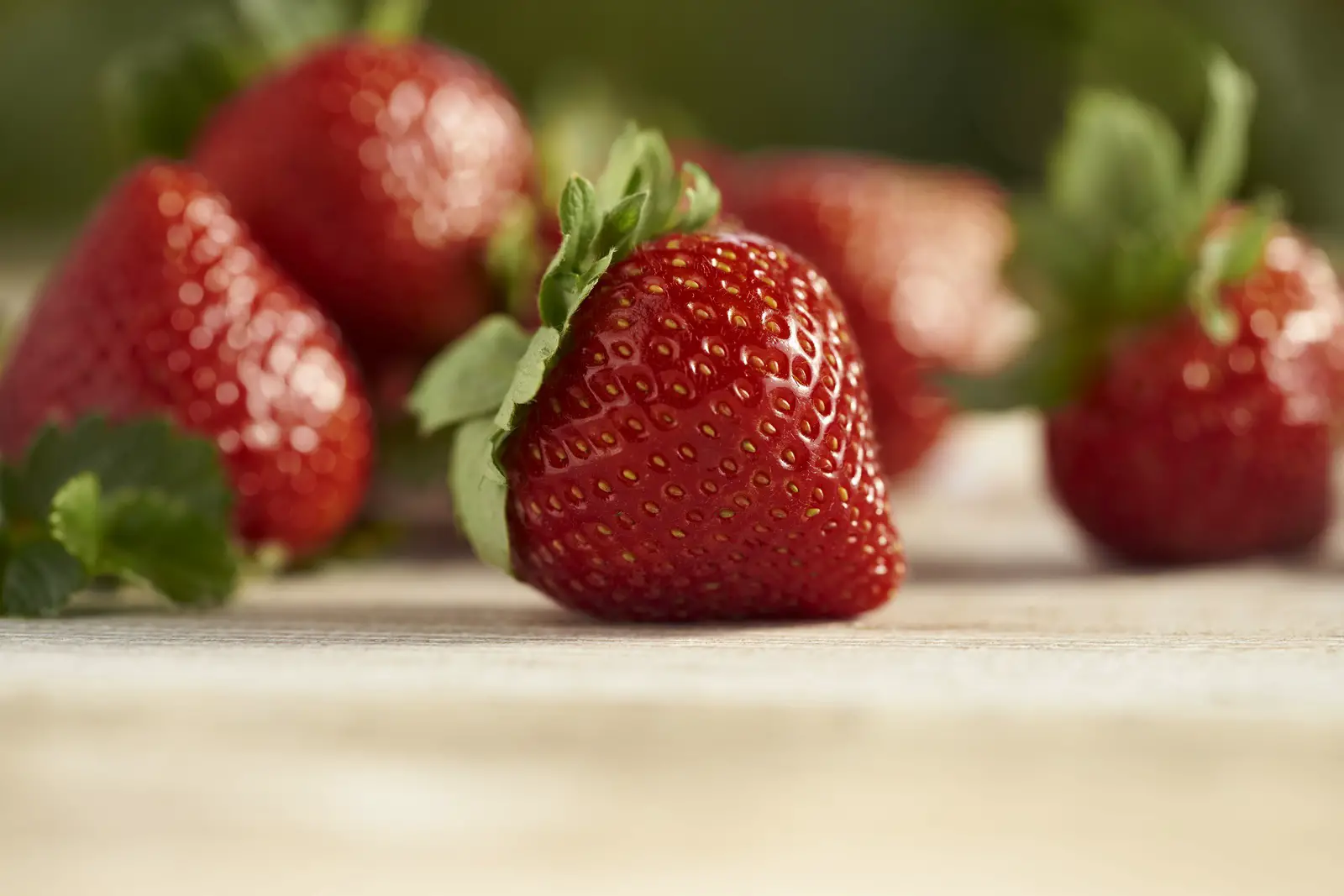Share on Social Media:
The Top 5 Strawberry Producing Countries
| Country | Strawberry Production 2013 (metric tonnes) |
% of World Total | |
|---|---|---|---|
| 1 | China | 2,997,504 metric tonnes | 38.7% |
| 2 | United States | 1,360,869 metric tonnes | 17.5% |
| 3 | Mexico | 379,464 metric tonnes | 4.9% |
| 4 | Turkey | 372,498 metric tonnes | 4.8% |
| 5 | Spain | 312,500 metric tonnes | 4.0% |
 Special Report
Special Report
- The United States is one of the world's leading producer of strawberries for both the fresh and frozen markets. In the United States, California produces approximately 75 percent of the fresh and processing strawberries intended for export to wholesale markets. Florida also produces a large amount of strawberries for fresh export markets. The long growing season in those areas makes it possible to produce fruit 6 to 8 months out of the year. Average yields of strawberry crops in California are 47,500 pounds, and the highest-yield growers may obtain 100,000 pounds per acre each year.
- Over the last two decades, strawberries have experienced one of the highest rates of consumption growth of all fruit and vegetables. Strawberries are the fifth highest consumed fresh fruit in the United States, behind bananas, apples, oranges and grapes. Per capita consumption of strawberries has increased steadily since 1970 from 2.9 pounds to 6.1 pounds in 2006, rising most significantly in the last 2 decades. In the 1970s, fresh consumption accounted for 60 percent of total consumption until it increased in the mid 1980s. By 2003 fresh consumption accounted for more than 80 percent of total strawberry consumption. Strawberries are the fourth highest ranked U.S. fruit in terms of value of production, following grapes, oranges and apples.
- China's strawberry production is large and growing rapidly. According to one estimate, total production may be about 1.7 times as large as U.S. production. As in many other horticultural markets, China is becoming a more important player in the global strawberry market. In China, domestic demand for fresh strawberries is growing rapidly with rising urban incomes and changing consumer tastes. China's exports of frozen strawberries have risen rapidly. China has made inroads into third markets and, for instance, has replaced the U.S. (i.e., California) as the largest supplier of frozen strawberries to Japan. U.S. and Canadian imports of frozen strawberries from China have also grown sharply in the past three years. At the same time, U.S. frozen strawberry exports to Canada, Japan and elsewhere have tumbled.
- The strawberry belongs to the family Rosaceae, genus Fragaria, and is among the most widely consumed fruits throughout the world. Strawberries are a good source of Folate and Potassium, and a very good source of Dietary Fiber, Vitamin C, Manganese and antioxidants.
- What look like "seeds" on the outside of the strawberry fruit are actually the true fruits. Technically, they are achenes. In an achene, the single seed is enclosed by the ovary wall. The strawberry is a member of the rose family (Rosaceae) along with cherries, apples, pears, plums, quince, raspberries and blackberries. Strawberries as we know them today are a hybrid of different species, specifically selected by breeders during the centuries to yield more crop, with a better taste and a more nutritious profile. Strawberries are grown in all but the highest polar latitudes. A strawberry is 90% water.
a) D. L. Barney, B. B. Davis, and J. K. Fellman "Strawberry production: Overview".
b) Agricultural Issues Center University of California: Commodity Profile: Strawberries.
c) California Strawberry Commission: "How Large is China's Strawberry Industry?".
d) United States Department of Agriculture.
Tags:
Farming & Agriculture Statistics, Crops, Top 5 Most, The United States
Sources: FAOSTAT data, 2016 (last accessed by Top 5 of Anything: June, 2016).
List Notes: Strawberry production is in metric tonnes (m/t) for the year 2013 (latest year for which statistics are available as of June, 2016). This top 5 list may include official, semi-official or estimated data gathered on strawberry production by the Food and Agriculture Organization of the United Nations.
Sources: FAOSTAT data, 2016 (last accessed by Top 5 of Anything: June, 2016).
List Notes: Strawberry production is in metric tonnes (m/t) for the year 2013 (latest year for which statistics are available as of June, 2016). This top 5 list may include official, semi-official or estimated data gathered on strawberry production by the Food and Agriculture Organization of the United Nations.

